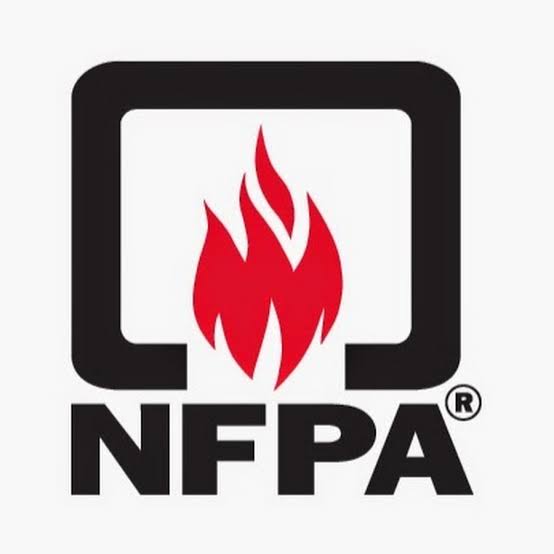What is (NFPA) National Fire Prevention Association ?
The National Fire Prevention Association (NFPA) is a global, non-profit organization that promotes safety standards, education, training, and advocacy on fire and lightning-related hazards. Founded in 1896 as a way to standardize the use of fire sprinkler systems, the NFPA's scope expanded to include building design, rescue response, electrical codes, and other safety concerns.
 |
| NFPA.org |
What NFPA 704/ NFPA Diamond ?
The widely recognizable NFPA - 704/ NFPA Diamond is a type of safety signal that emergency responders use to quickly identify hazards posed by hazardous materials. This signal, along with the meaning of its colors and numbers, is part of a larger standard created by the NFPA.
What is the Aim of NFPA ?
As part of the greater outreach program, the NFPA sponsors Fire Prevention Week every year. The goal of this national program is to increase fire and electrical safety awareness by highlighting a specific safety theme every year.
For more information about NFPA and its programs visit NFPA.org.
Thank you for reading, we hope you had got satisfied knowledge related NFPA.
Subscribe to get more knowledge about Fire Engineering & Industrial Safety Management
Comments
Post a Comment